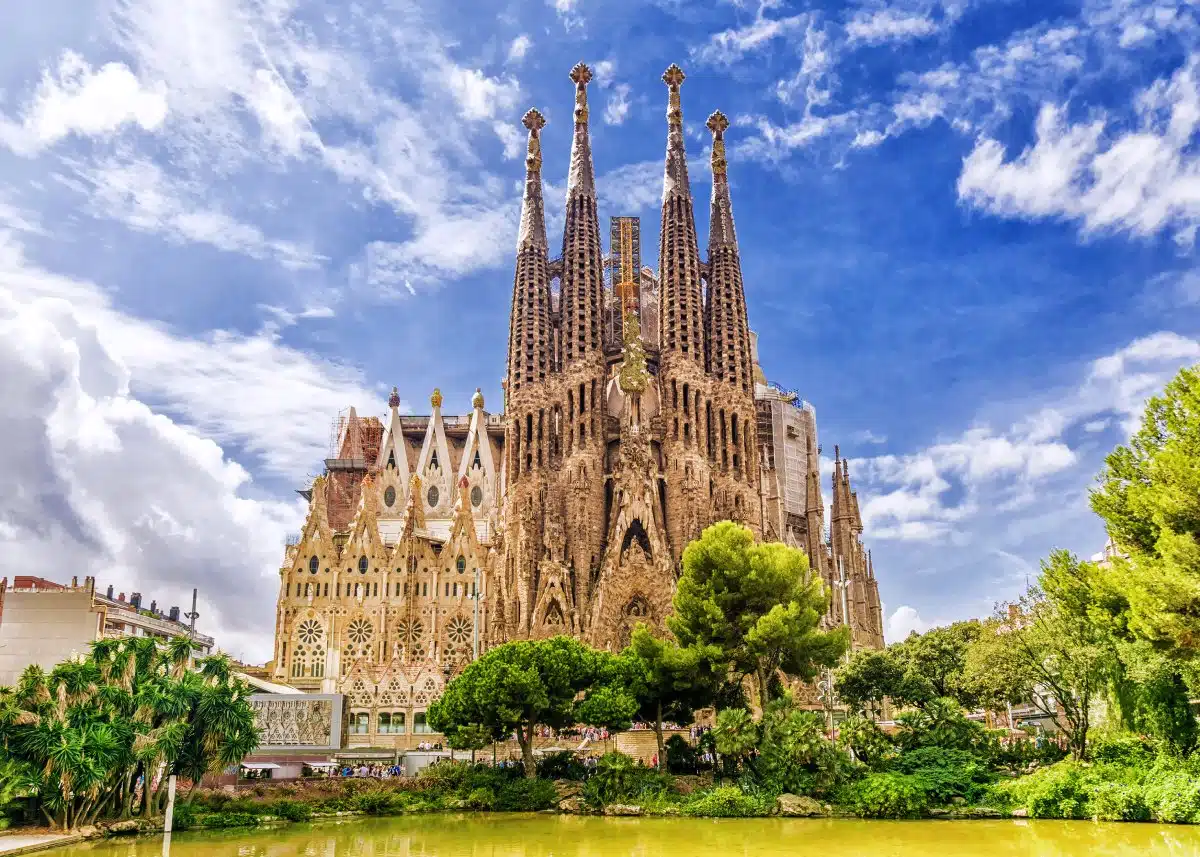After 144 years of construction, the Sagrada Familia in Barcelona is nearing completion. This architectural marvel, conceived by Antoni Gaudi, has become a symbol of Barcelona’s creative spirit. Despite Gaudi’s death in 1926, his visionary design continues to guide the ongoing work. This landmark has evolved from its groundbreaking in 1882 into one of the city’s most visited attractions, blending artistic design with spiritual symbolism.
A Landmark in the Making

Image Credit: Pexels / Karolina Grabowska
Antoni Gaudi, an architect from Catalan, Spain, designed the Sagrada Familia. His work can be seen all over Barcelona; this is perhaps his most famous.
An Eternal Connection
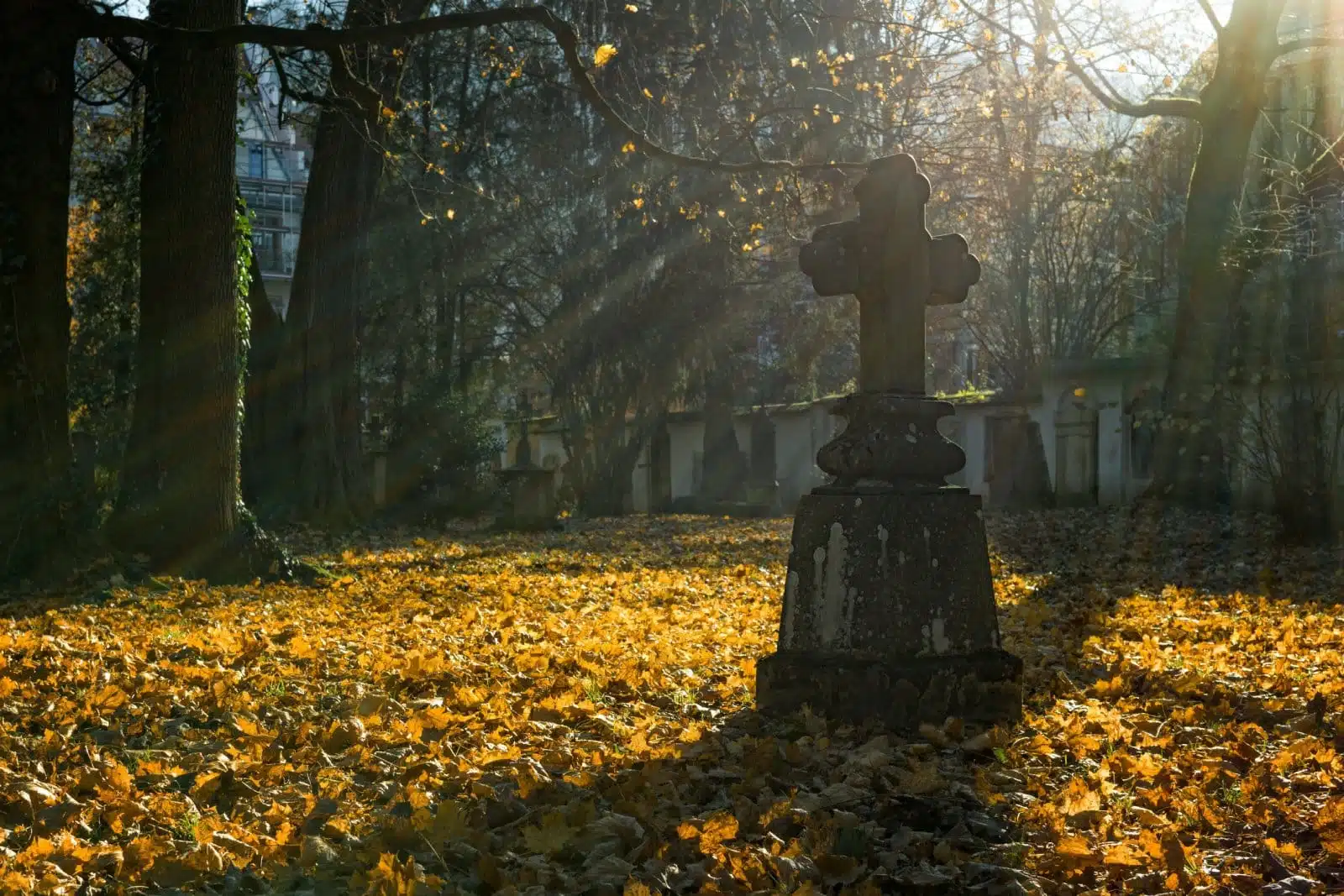
Image Credit: Pexels / mali maeder
Gaudi died in 1926, and the centenary of his death may well coincide with the completion of his incredible design. He is, in fact, already buried in an underground tomb in the building.
Breaking Ground
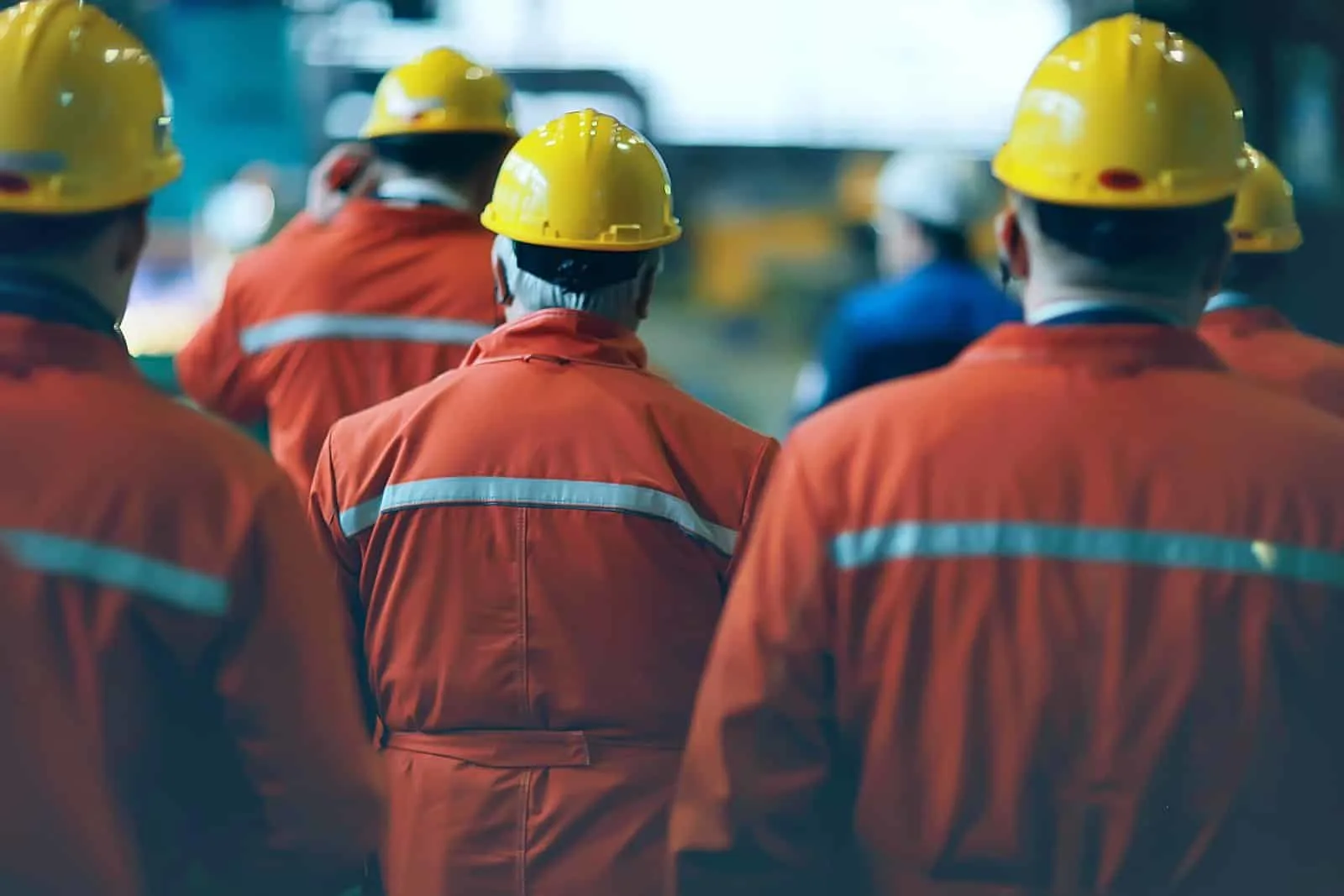
Image Credit: Shutterstock / Kichigin
Construction on the site began in 1882. Gaudi always knew that construction would likely take more than a lifetime; early on, he built a school for the builders’ children.
A Bold Plan
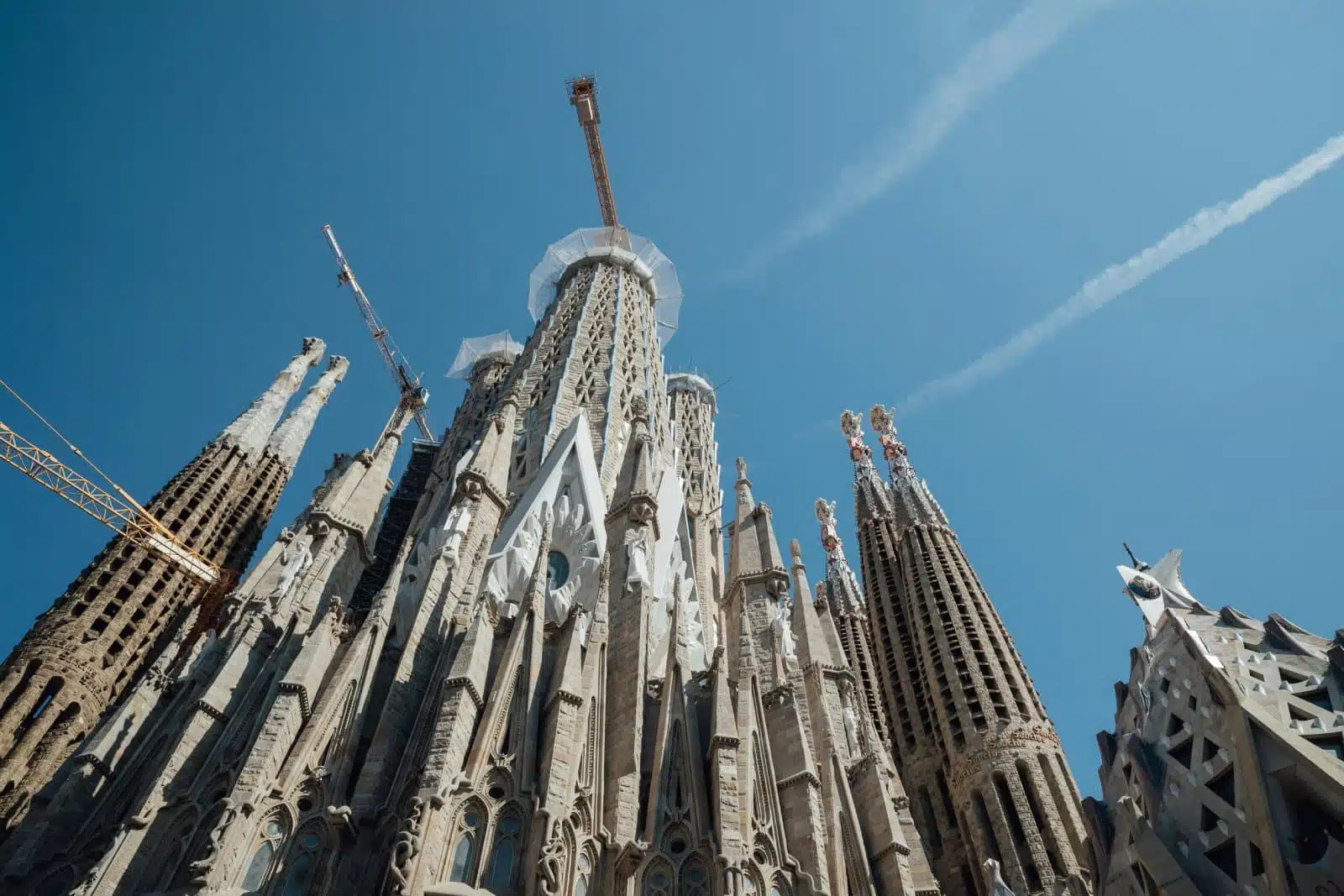
Image Credit: Pexels / Son Tung Tran
The design for the Sagrada Familia includes a 170m central tower, 18 spires, and an interior intended to look like a forest. Gaudi was famously influenced by nature in much of his work.
A Long Term Build

Image Credit: Shutterstock / Media_works
While the build was never going to be quick or easy, many significant events have interrupted its progress. These include Gaudi’s death, World Wars I and II, the Spanish Civil War, and, recently, COVID.
Completion in Sight
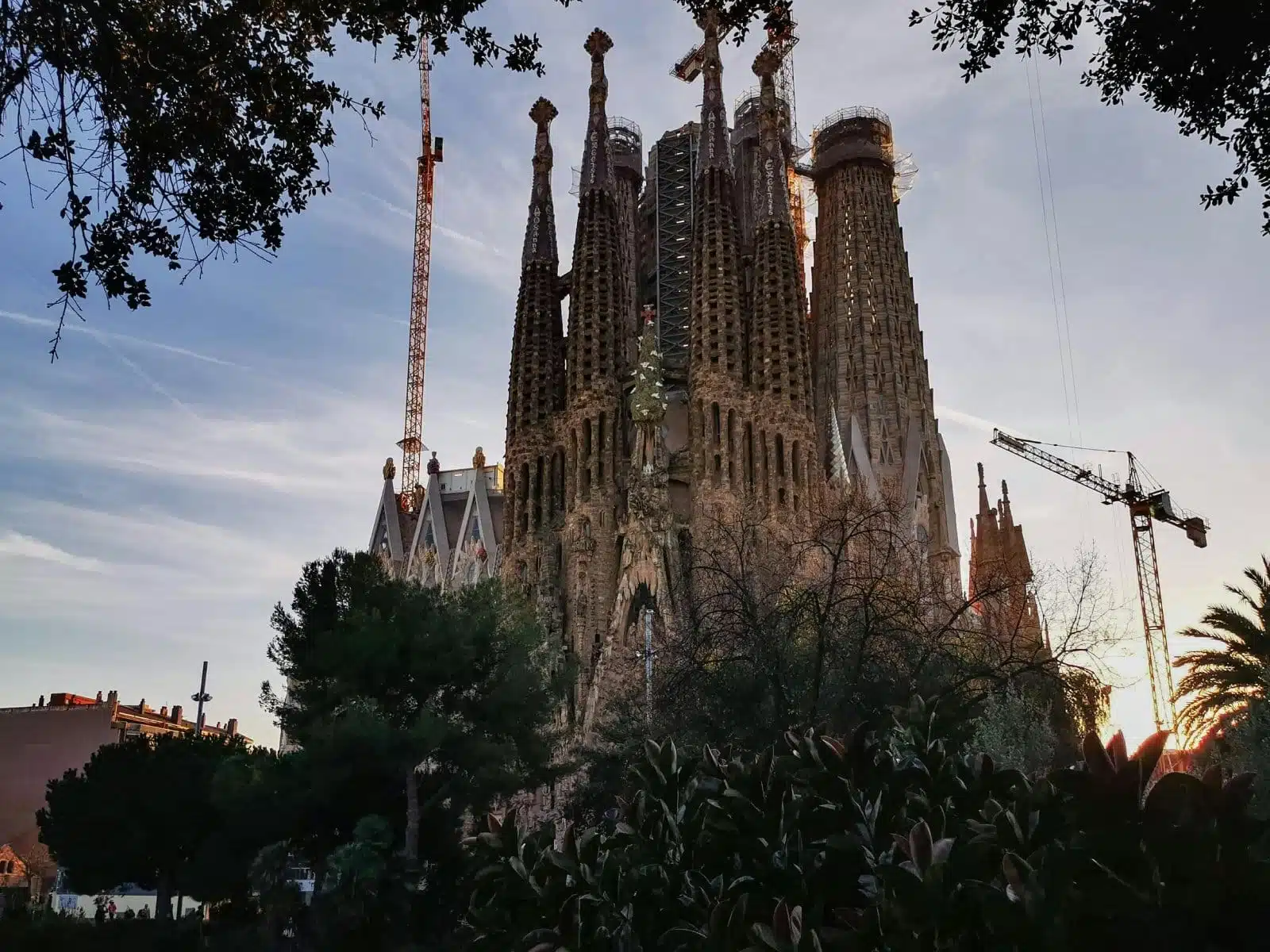
Image Credit: Pexels / Mehmet Turgut Kirkgoz
The most recent COVID-related delays mean that the near-certain completion date of 2026 is now less concrete. However, we can expect the final result in the next few years.
Open to Visitors

Image Credit: Shutterstock / View Apart
Despite being at least two years from completion, the Sagrada Familia has been open to visitors for many years already – since 1994.
A Popular Site
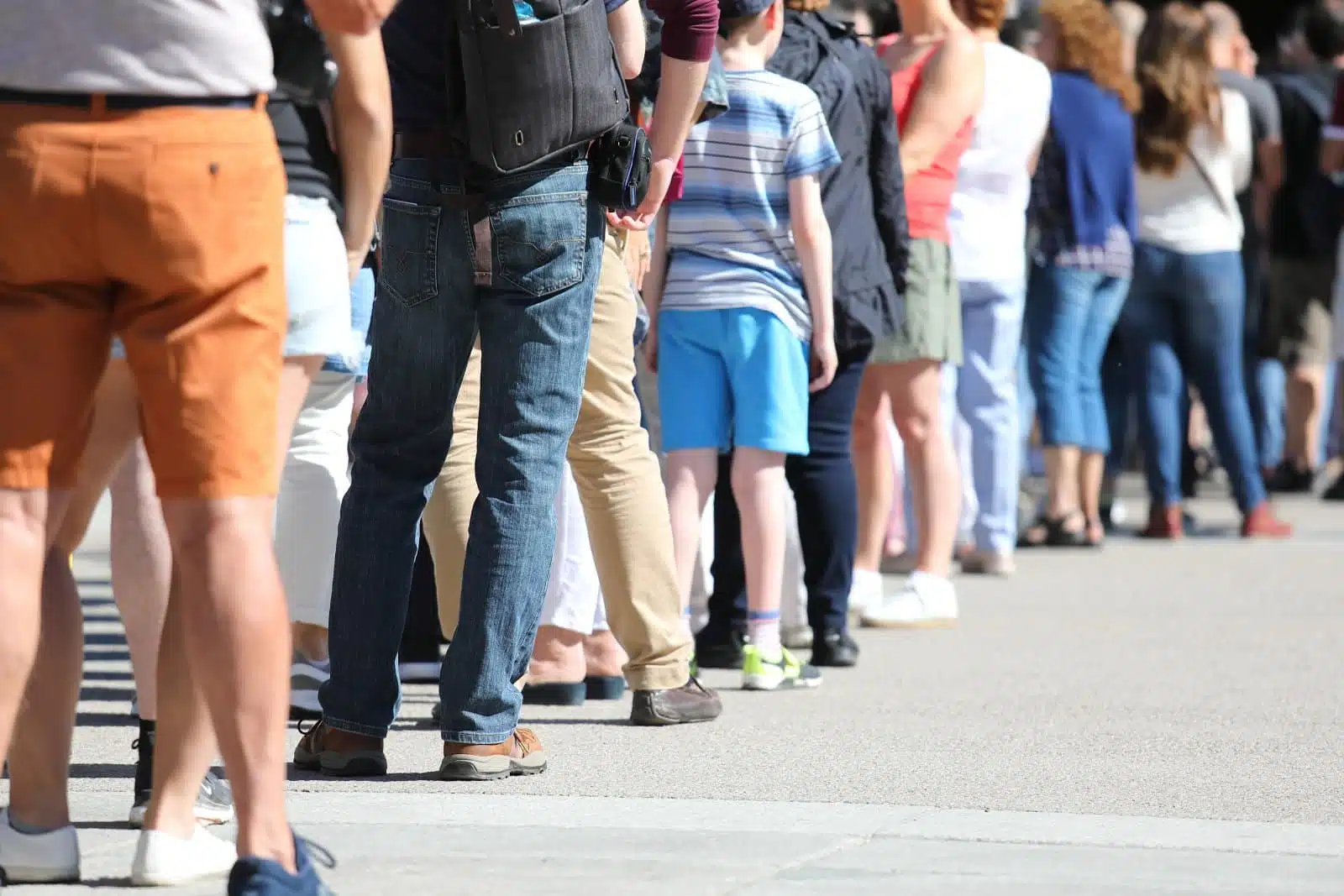
Image Credit: Shutterstock / TK Kurikawa
The Sagrada Familia is the most visited tourist attraction in Barcelona. It receives a staggering 3,000,000 visitors a year. Not bad for a building site!
Finally Finished

Image Credit: Shutterstock / Prostock-studio
There isn’t an official date for completion yet, but barcelona-tickets.com reports that it will “theoretically” still be in 2026. With no official announcements yet on sagradafamilia.org, we can only guess what kind of grand opening there might be when the time comes.
A Multi-Generational Project

Image Credit: Shutterstock / Thunderstock
Since construction began in 1882, five generations of Barcelonians have watched or participated in the epic project. It has provided many jobs for construction industry employees over the years.
A Controversial Step
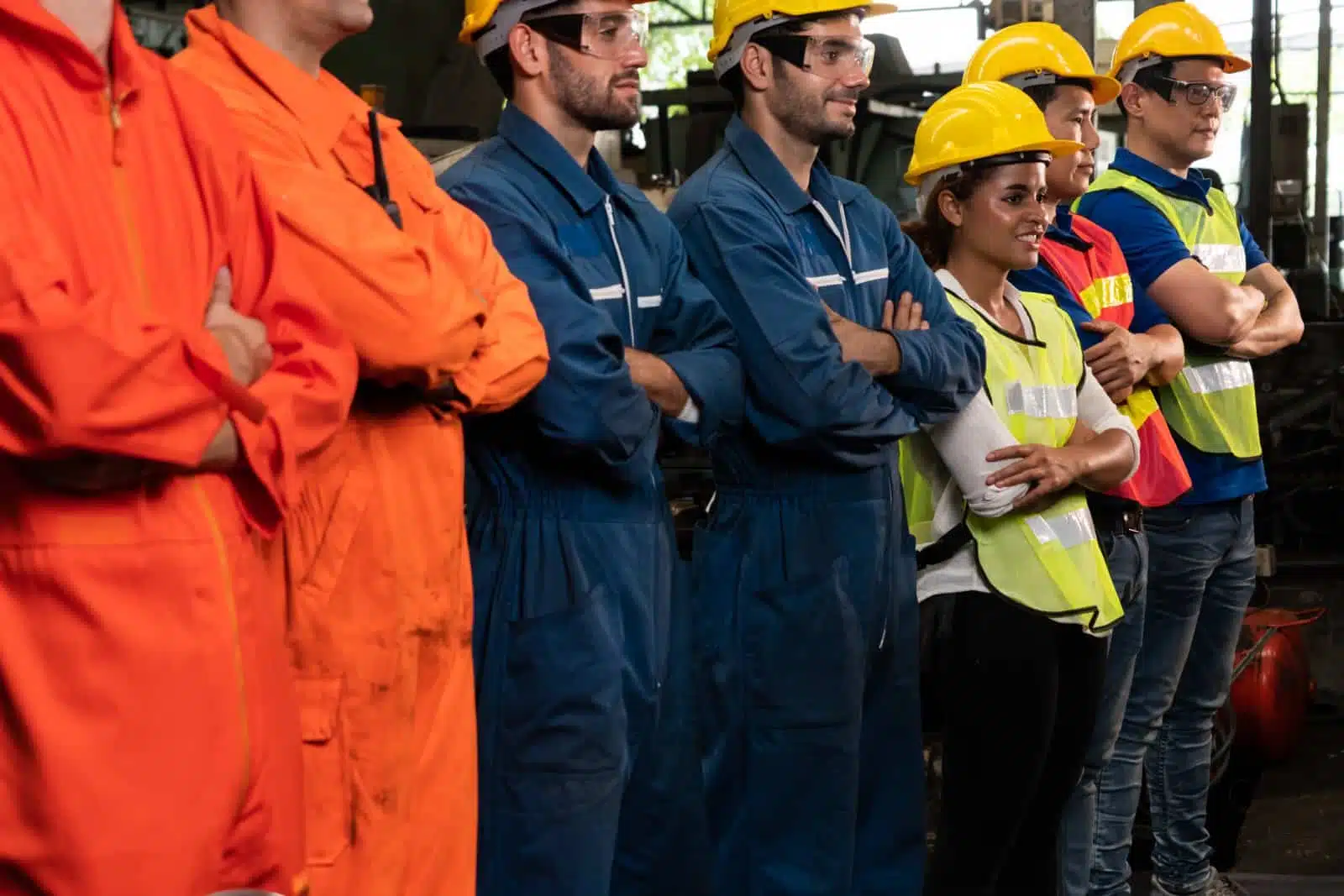
Image Credit: Shutterstock / Summit Art Creations
The construction scheduled to end in 2026 is not the end of the story. Theguardian.com reports that other details, including a two-city block staircase, will not be finished until 2034. The stairway to the main entrance will require the removal of around 1,000 families and businesses, so it is not without significant controversy.
Finishing Touches
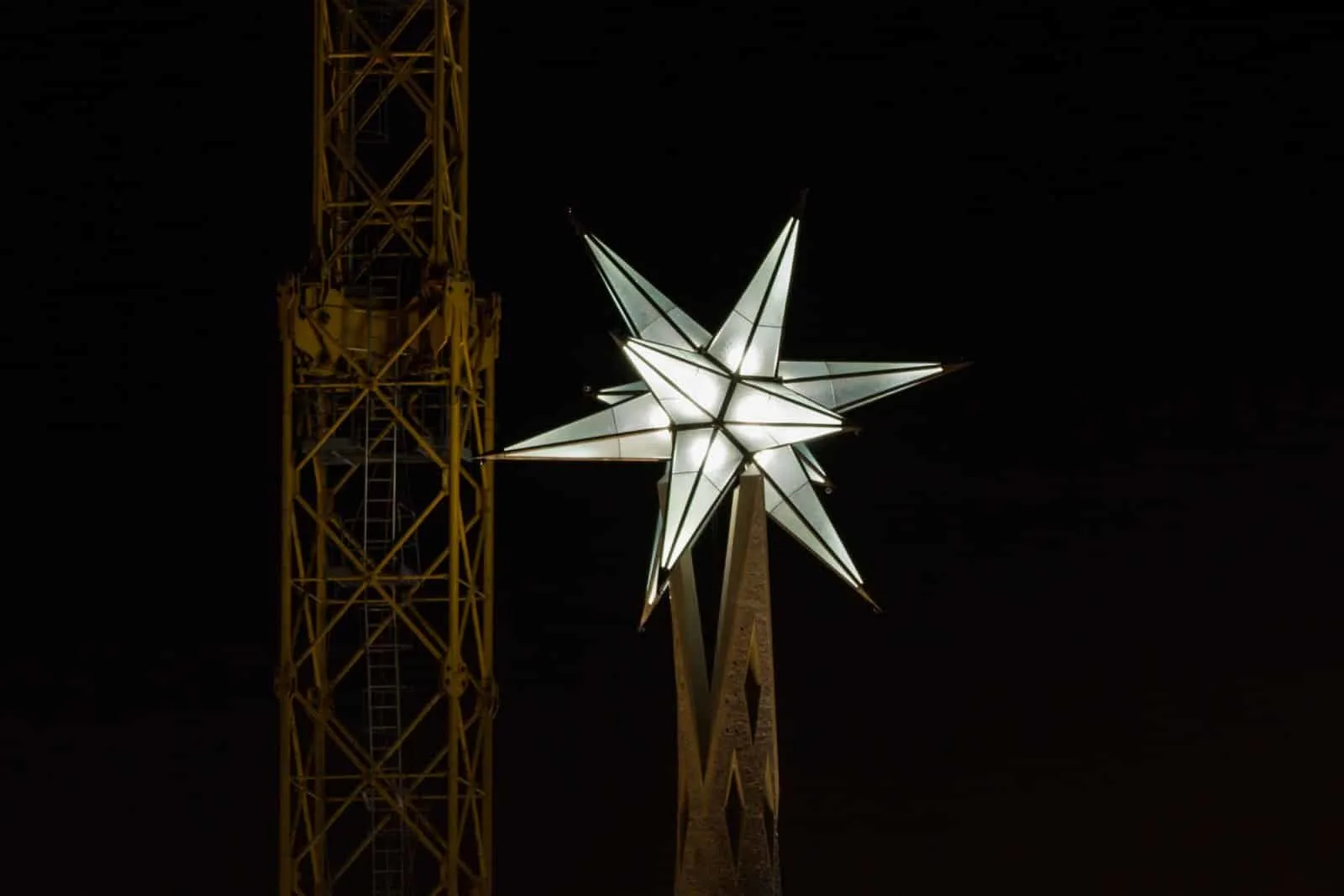
Image Credit: Shutterstock / Fernando M. Elkspera
It seems premature to talk about the final steps when there are still two years to go, but naturally, excitement builds after 142 years. The recent works include the impressive addition of a 5.5-tonne star, measuring 7 meters across.
A Long Build

Image Credit: Shutterstock / zhu difeng
Having begun in 1882, the building is currently in its 142nd year. While this may sound record-breaking, it pales compared to the 2,000-year construction time for both The Great Wall of China and Stone Henge.
Not The Only One
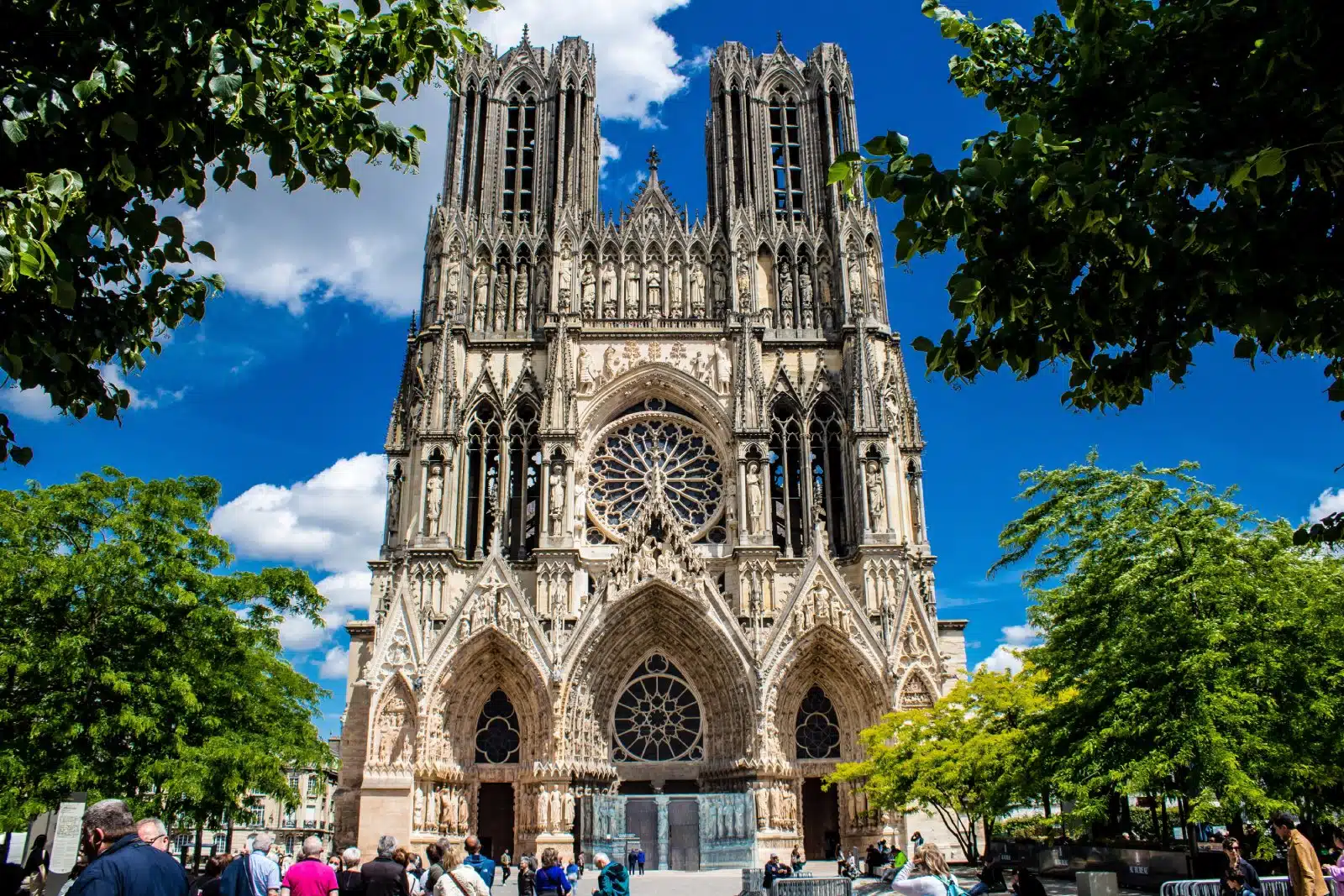
Image Credit: Shutterstock / Jose HERNANDEZ Camera 51
Many more “modern” construction projects that took staggeringly long times are also religious buildings. The Cologne Cathedral technically took over 600 years, and Notre Dame could be said to have been under construction for 200 years, if not longer, depending on your view of “finished.”
A Cathedral No More
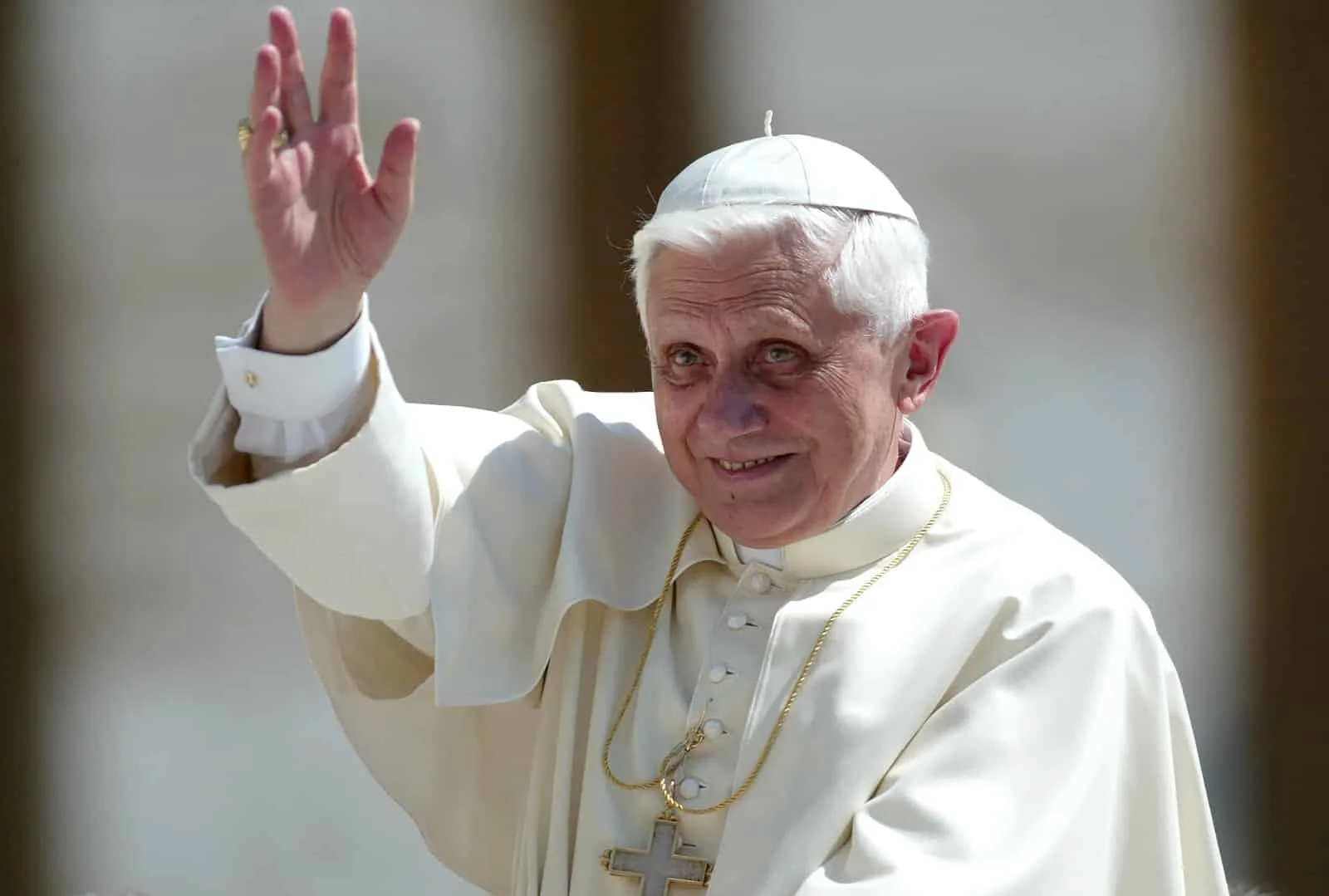
Image Credit: Shutterstock / Marco Iacobucci Epp
The Sagrada Familia was intended to be a cathedral. However, Pope Benedict XVI consecrated it in 2010, making it a minor basilica instead.
The Builders’ Touch
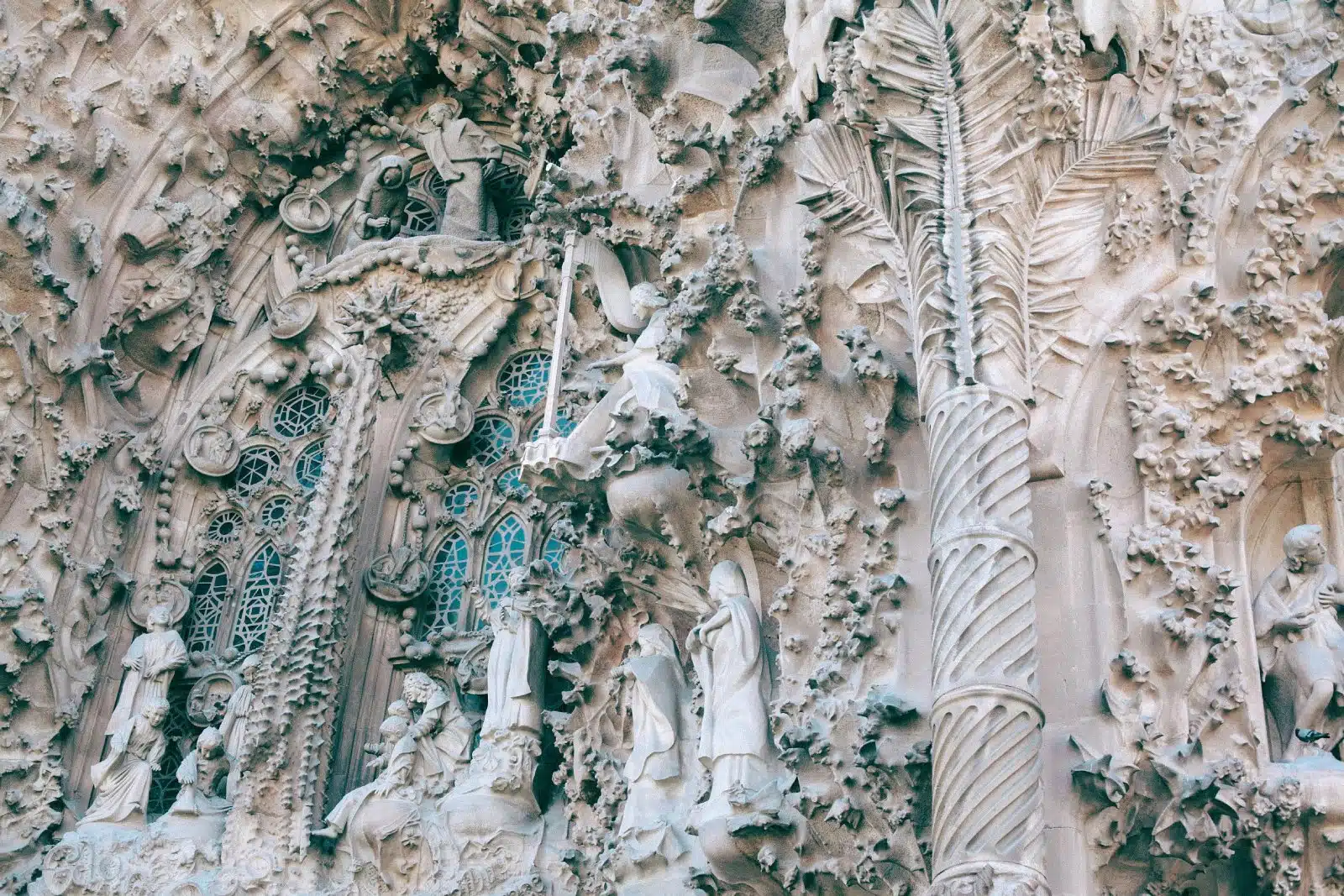
Image Credit: Pexels / Maria Orlova
It is easy to believe that everyone involved at the project’s start knew it would be something significant. Perhaps this explains why the faces embedded in the stone are sculpted from some of the builders’ death masks, immortalizing them and their work.
UNESCO
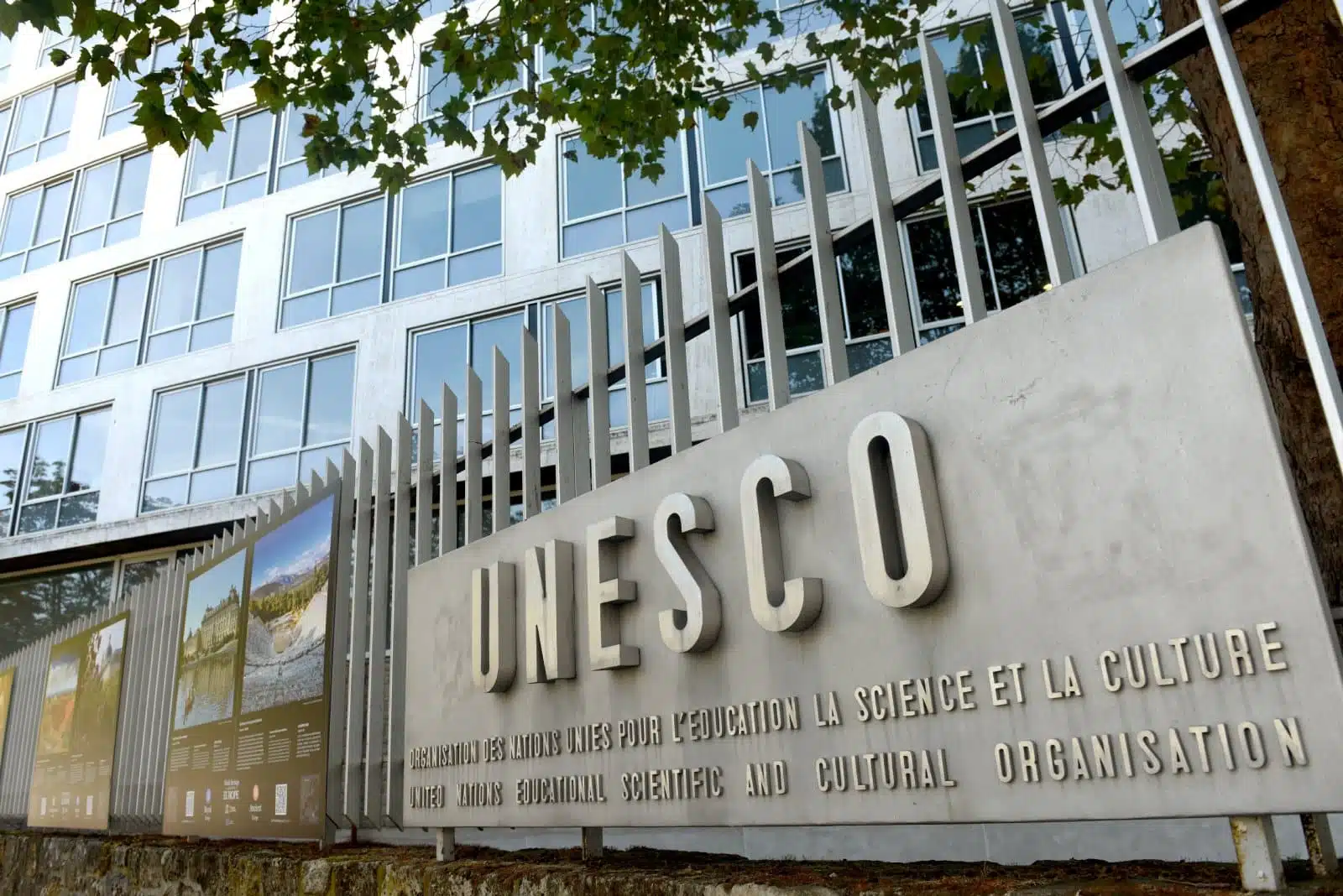
Image Credit: Shutterstock / Bumble Dee
UNESCO recognizes seven properties, known collectively as the “Works of Antoni Gaudi,” as having “Outstanding Universal Value.” This includes the Sagrada Familia, which has been on the World Heritage List since 2005.
A Record-Breaking Structure
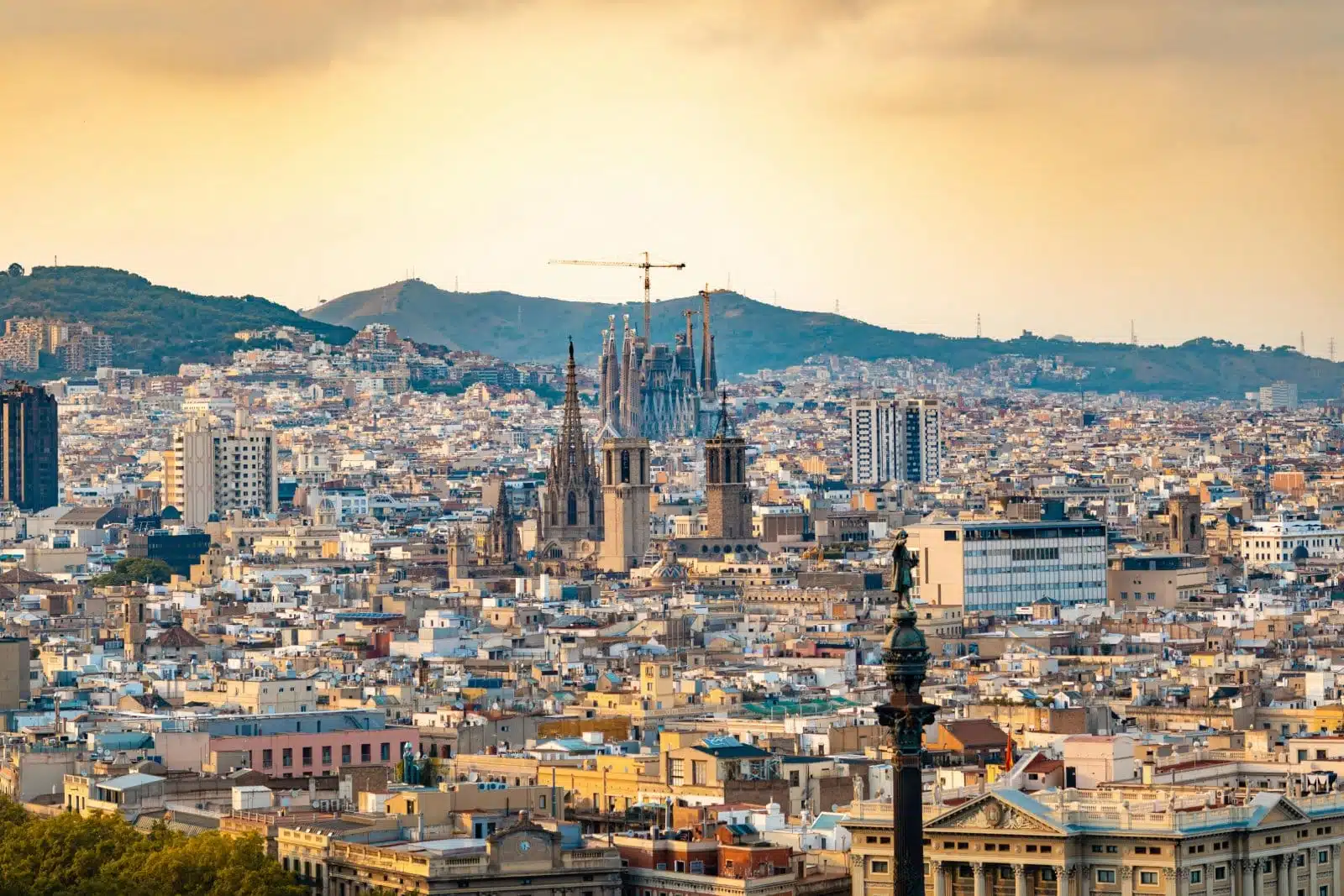
Image Credit: Pexels / Aleksandar Pasaric
When it is complete, the Sagrada Familia will be the tallest religious building in Europe, reaching 172.5m. It will take the title from Ulm Minster in Germany, at 161.53m.
Not Gaudi’s Only Masterpiece
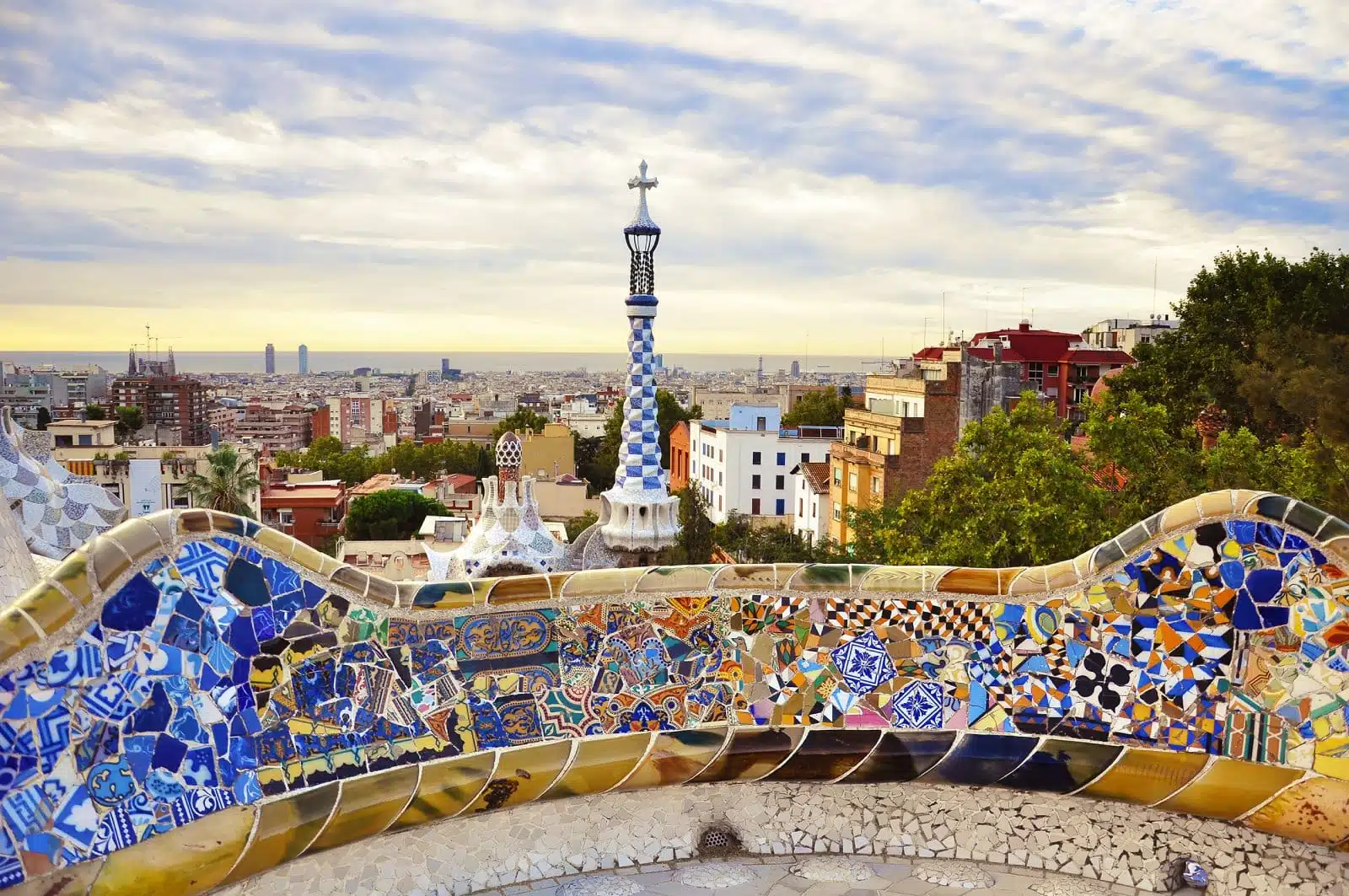
Image Credit: Shutterstock / nixki
Gaudi has left an impressive legacy in Barcelona, notwithstanding the currently incomplete Sagrada Familia. The Parque Guell is a beautiful mosaic park; the unconventional Casas Milá and Battló are well worth a visit.
Gaudi’s Legacy
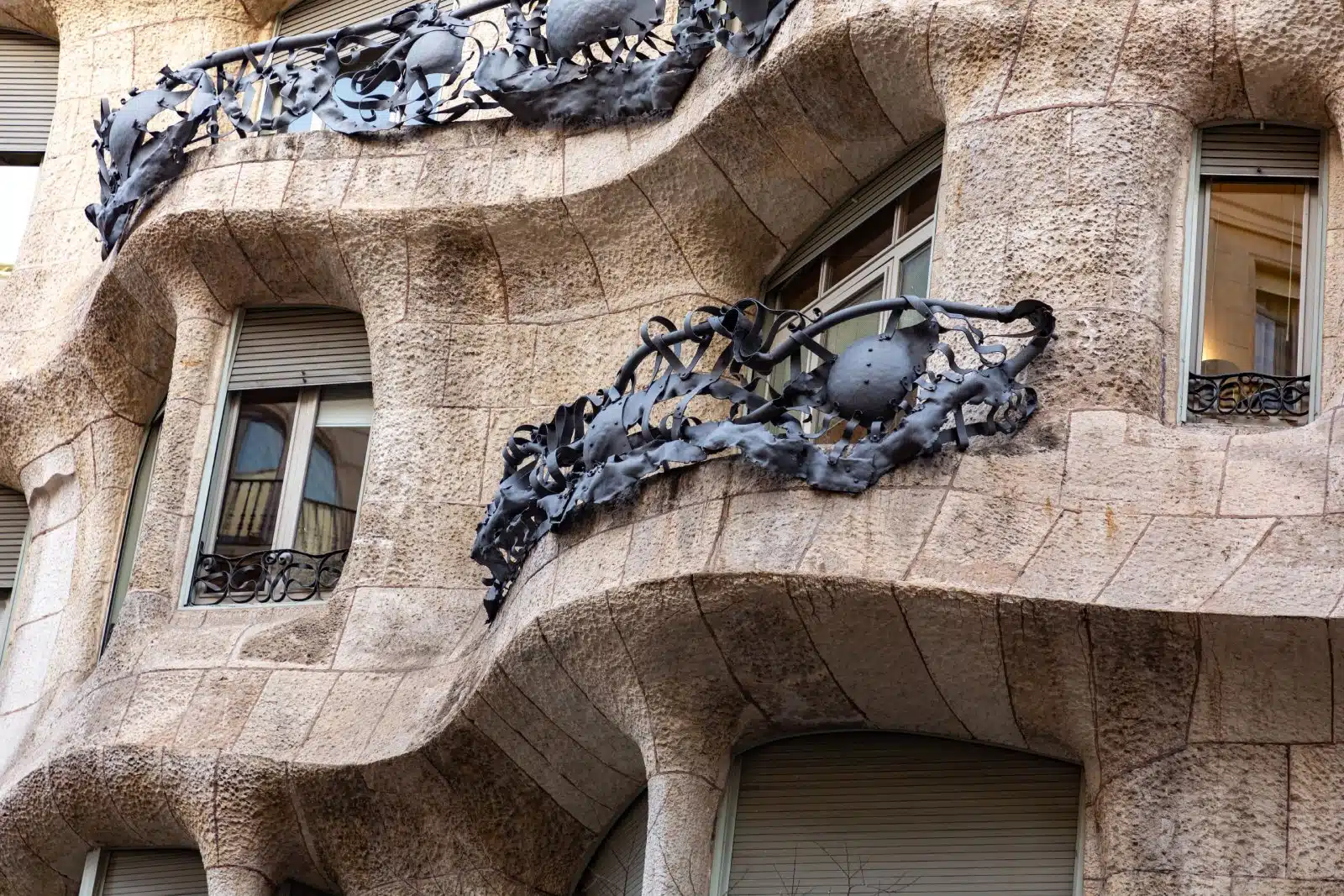
Image Credit: Shutterstock / ColorMaker
While the thought-provoking buildings left by Gaudi are an impressive legacy, Gaudi never had children. So, there are no direct descendants to appreciate him now. However, he had three siblings, at least one of whom had children, so maybe some great-great nephews or nieces admire his work today.
More From The Green Voyage
Top 10 Trending Travel Destinations 2024
6 Essential Banking Apps for International Travel – Managing Your Finances on the Go
Traveling With Kids – 10 Tips to Create Memorable Family Holidays
The post The Constant Build of Sagrada Familia – Is There Finally an End in Sight? first appeared on The Green Voyage.
Featured Image Credit: Shutterstock / dimbar76.
Tips for Trip Success
Book Your Flight
Find an inexpensive flight by using Kayak, a favorite of ours because it regularly returns less expensive flight options from a variety of airlines.
Book Your Hotel or Special Accommodation
We are big fans of Booking.com. We like their review system and photos. If we want to see more reviews and additional booking options, we go to Expedia.
You Need Travel Insurance!
Good travel insurance means having total peace of mind. Travel insurance protects you when your medical insurance often will not and better than what you get from your credit card. It will provide comprehensive coverage should you need medical treatment or return to the United States, compensation for trip interruption, baggage loss, and other situations.Find the Perfect Insurance Plan for Your Trip
